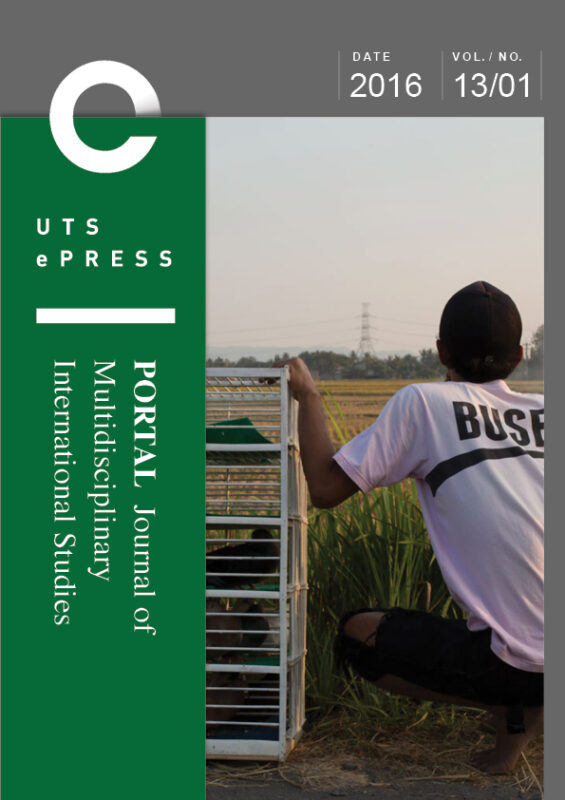RESOURCES
RESOURCES
Browsing Category: journal article

Visually Communicating Artificial Urban Wetlands
Urban wetlands in Australia are under threat, yet they provide benefits for climate change mitigation, pollution reduction, habitat provision, and socioecological connection. In what is now known as Sydney’s inner south and inner west, wetlands were significant places maintained by Aboriginal peoples for millennia (Foster). The violent colonial history that shaped Sydney unfolded along its […]

From photo documentation to photo diagrams: a technique to make civic ecologies present and legible
The visualization of nature in cities fundamentally impacts how we imagine the urban environment and our role in caring for it. Across Australia, the project of urban renewal imagines and designs specific typologies of urban nature. These typologies can obscure grass root forms of environmental stewardship and their connection through civic ecologies. Yet, at this […]

Edge
Published in Environmental Humanities, 2023, 15, (1), pp. 164-167, Duke University Press As a concept, edge has multiple intellectual genealogies, from ecology to business studies and cultural theory.1 In each field it has slightly different connotations, but it maintains a basic shared meaning: it signifies a transition zone between different systems. In this lexicon entry, we explore […]

Place-based methodologies for design research: An ethnographic approach
The debate about place has long intersected with design studies. Our contribution to interdisciplinary design is to facilitate a dialogue between design and human geography. Grounded in Doreen Massey’s conceptualisation of place as the interrelations of diverse powers, processes and practices, this paper combines ethnographic methods and examples into a succinct place-based methodology for design […]

Planty Design Activism: Alliances with Seeds
In cities across Australia and elsewhere, individuals and groups are experimenting with initiatives to link urban dwellers to local ecologies and strengthen the relation with and awareness of the environment. Community and street gardens, bush regeneration working bees, botanical and bird-watching expeditions in city parks and green areas are examples of this renewed interest in […]

Recombinant Ecologies in the City: Editorial
It is January 2020. Sydney is full of smoke and full of birds. In an inner-city park, near a pond, corellas scratch the crispy grass looking for a feed. Ibis are ever present, but their number has multiplied. A tiny nature reserve only a few kms from the CBD is now home to magpies, currawongs, […]

The not-yet-tropical: mapping recombinant ecologies in a Sydney suburb
Mapping and fitness apps, government agencies and departments, and citizen science projects provide a wealth of data on urban green spaces, charting parks, reserves, and green corridors in and around Sydney. These maps represent vegetation as surface and, as Doreen Massey in the 2005 book For Space noted about other types of Western maps, detach […]

Remapping heritage and the garden suburb: Haberfield’s civic ecologies
This article, published in Australian Geographer, presents work from 7 Conversations in Haberfield. Abstract: Gardens in Australia are considered an important site of heritage maintenance and negotiation for their capacity to materialise transformations in everyday life, design, lifestyles, demographics, environment, as well as social and cultural practices. In the case of conservation areas, gardens tend […]

Value the Edge: Permaculture as Counterculture in Australia
This paper considers permaculture as an example of counterculture in Australia. Permaculture is a neologism, the result of a contraction of ‘permanent’ and ‘agriculture’. In accordance with David Holmgren and Richard Telford definition quoted above, we intend permaculture as a design process based on a set of ethical and design principles. Rather than describing the […]

The Transcultural Edge
The Transcultural Edge, Special Issue PORTAL Journal of Multidisciplinary International Studies http://epress.lib.uts.edu.au/journals/index.php/portal/issue/view/372 Critical writing about transculturation has a long history in Latin American studies, and more recently the concept has been used to analyse the effects of globalization. This article takes as its point of departure the Latin American genealogy of the idea, and […]
